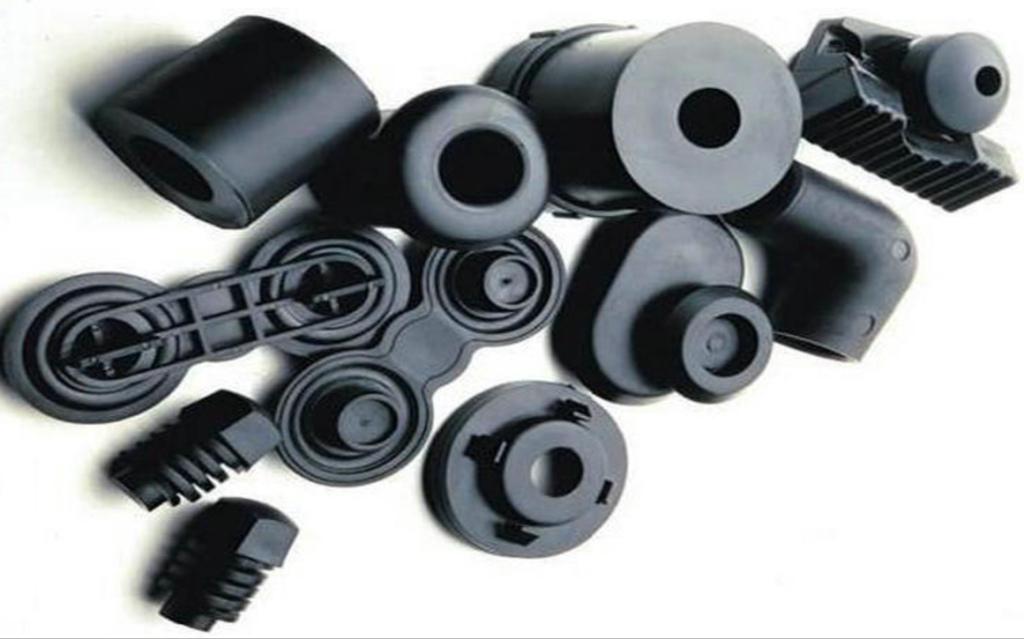November 27, 2024 –
In the wake of rapid technological advancements, the expectations for material performance in fields such as electronics and electrical appliances have become increasingly stringent. Against this backdrop, thermally conductive elastomer materials—a novel composite that combines excellent thermal conductivity with superior elasticity—are emerging as a focal point across multiple industries. These materials not only efficiently transfer heat but also adapt to various complex shapes and deformation requirements, offering innovative solutions to heat dissipation and sealing challenges in numerous engineering applications.

Thermally conductive elastomers are functional materials that use elastomers as a base, meticulously incorporating various thermal conductive fillers or employing special preparation techniques to endow them with high thermal conductivity coefficients. The elastomer base ensures flexibility and resilience, allowing the material to quickly revert to its original form after deformation. The incorporation of thermal conductive fillers significantly enhances the material’s heat transfer efficiency, ensuring effective heat conduction from the heat source to the cooling medium. Compared to traditional insulating elastomer materials, thermally conductive elastomers achieve a substantial increase in thermal conductivity, often reaching several W/(m・K) or higher, with specific values varying based on filler type, content, and preparation process.
According to Color Masterbatch Industry News, thermally conductive elastomers maintain excellent physical properties within a wide deformation range, perfectly fitting various complex shapes and structural requirements. In the electronics sector, they can closely adhere between heat-generating components like chips and heat sinks, ensuring excellent thermal contact while effectively absorbing vibrations and impacts from device operation or environmental changes, providing buffering and protection. Furthermore, by carefully selecting the elastomer base and thermal conductive fillers, these materials can maintain high thermal conductivity while also exhibiting good insulating properties, with insulation resistance typically meeting high standards for most electronic and electrical equipment.
In terms of preparation methods, thermally conductive elastomers primarily employ three techniques: filling, in-situ polymerization, and blending. The filling method uniformly disperses high thermal conductive fillers in the elastomer base through mechanical stirring and mixing processes. In-situ polymerization involves the polymerization reaction of thermal conductive fillers with elastomer monomers under specific conditions. Blending, on the other hand, mixes preformed thermal conductive fillers with elastomer materials. Each method has its advantages, allowing for flexible selection based on actual needs.
The application scope of thermally conductive elastomers is extensive and promising. In the electronics and electrical field, they facilitate efficient heat dissipation for CPUs, GPUs, and other chips, enhancing device speed and stability. In the power and electrical sector, they serve as insulating gaskets or thermally conductive potting materials, ensuring both heat transfer and insulation safety. In the automotive industry, they are used for engine and electronic device cooling, as well as tire thermal conductivity, enhancing vehicle performance and safety. In the aerospace field, their lightweight and high-performance characteristics provide solid support for the efficient operation of aircraft.
Looking ahead, thermally conductive elastomers will continue to evolve toward higher performance and multifunctionality. Researchers will explore optimizing filler types, particle sizes, shapes, and loading levels, improving preparation processes and formulations to meet the growing demand for high-end applications. Additionally, integrating thermal conductivity with other functions such as electrical conductivity, electromagnetic shielding, and flame retardancy to develop all-in-one multifunctional materials will inject new vitality into the miniaturization, integration, and high performance of electronic devices.
In conclusion, thermally conductive elastomers, with their unique performance advantages and wide application potential, are gradually becoming a key force driving innovation and development across multiple industries.














